The 2nd Summit Meeting on Chemical Regulations in Asia Pacific was Suceessfully Held in Hangzhou

President of SMCR, Li Yan
“It is of great significance to hold this summit in Hangzhou instead of Shanghai,” said by Ms. Li Yan, President of SMCR Committee, during the summit meeting, “as CIRS is headquartered in Hangzhou and the remarkable G20 summit was also held in Hangzhou a month ago.” Supported by governments of different countries as well as friends of different industries, the Summit Meeting on Chemical Regulations in Asia Pacific has become one of the most influential summit meetings on chemical regulations in Asia pacific area, which will establish a communication platform for chemical enterprises around the world.

The Asia-pacific region is one of the most promising chemical markets around the world. Its needs for chemicals take up about one third of the global demand. As a result, the world is paying more and more attention to the safety of chemicals as well as the sustainable development in Asia-pacific region. Under the current strict supervision and inspection, the whole chemical industry now focuses on how chemical enterprises can improve their regulatory compliance work; how chemical enterprises can ensure the stability of production and trade; and how chemical enterprises can turn challenges into opportunity when facing technology gap, lack of experience and increasing cost. In recent years, chemical accidents happen frequently. The whole society is now aware of the significance of chemical registration and safety management after Tianjin huge explosion.
Supervisory departments promise to strengthen supervision in chemicals
Vice-Chair Eugen Anwander of ECHA Enforcement Forum shared with enterprises how ECHA supervised mixtures and the enforcement emphasis at different times. Mr. Anwander mentioned in his speech that ECHA Enforcement Forum will particularly focus on the following two aspects in the next two years: REF-4 focuses on restrictions in Annex XVII of REACH (namely the restricted list) and ECHA will check the status of the 14 restricted substances as well as the regulatory compliance situations of substances subject to authorization and SVHC substances in articles together with the Customs; REF-5 mainly focuses on the examination of ESDS. It is obvious that the supplier places substances into EU market over 10t/y may be required to provide ESDS.
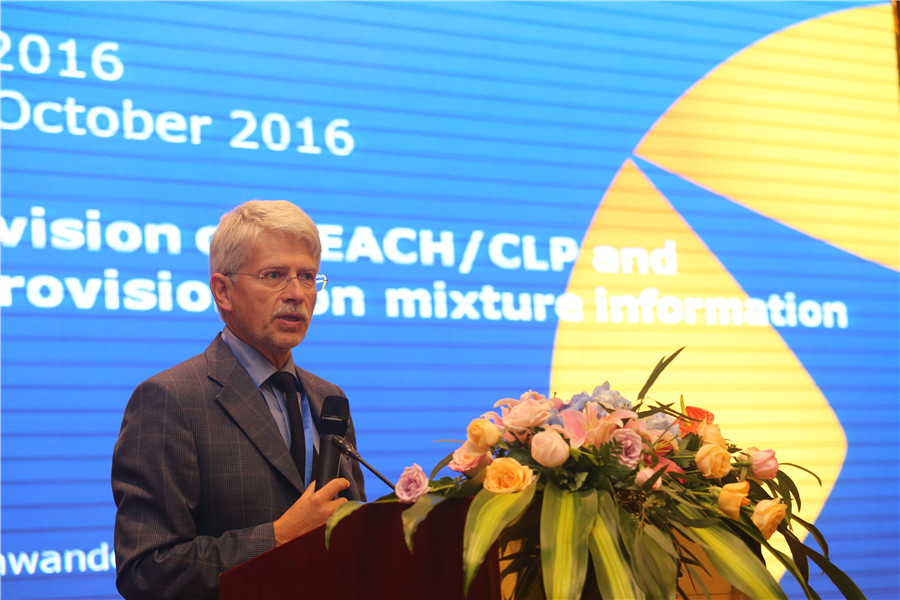
Vice chairman of ECHA Enforcement Forum, Eugen Anwander
Ms. Bonita G. Reynolds from 3E talked about the latest development of TSCA. She particularly introduced the testing requirements, including requirements for the reduction of animal test as well as the requirements for QSAR and read-across. The competent authority is to review restrict/ban chemicals (even in articles) and establish priority evaluation plan; and to introduce the concept of risk evaluation, which means substances will be divided into high priority chemicals and low priority chemicals. In terms of fees, EPA is allowed to collect up to 25 million USD annually from enterprises.
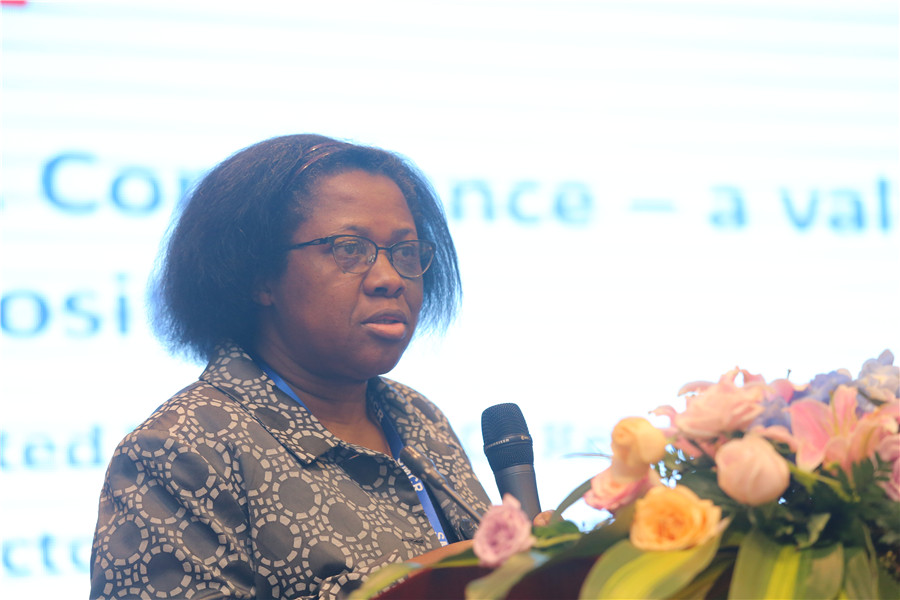
Sr. Director of Authoring Services and TSCA Compliance, 3E, Ms. Bonita G. Reynolds
Mr. Liu Feng and Mr. Jiang Wei from Shanghai CIQ shared with enterprises information that enterprises paid high attention to, including how inspection on commodities is carried out and its specific operations. Participants responded enthusiastically to these specific operations. During the panel discussion, participants actively asked Mr. Liu Feng and Mr. Jiang Wei questions on problems they face during practical import and export activities. Mr. Liu Feng and Mr. Jiang Wei particularly mentioned in their speeches that as high as 84% of SDSs were not in compliance with China GHS upon the inspection of the Shanghai CIQ and they will keep focusing on the inspection of SDS.
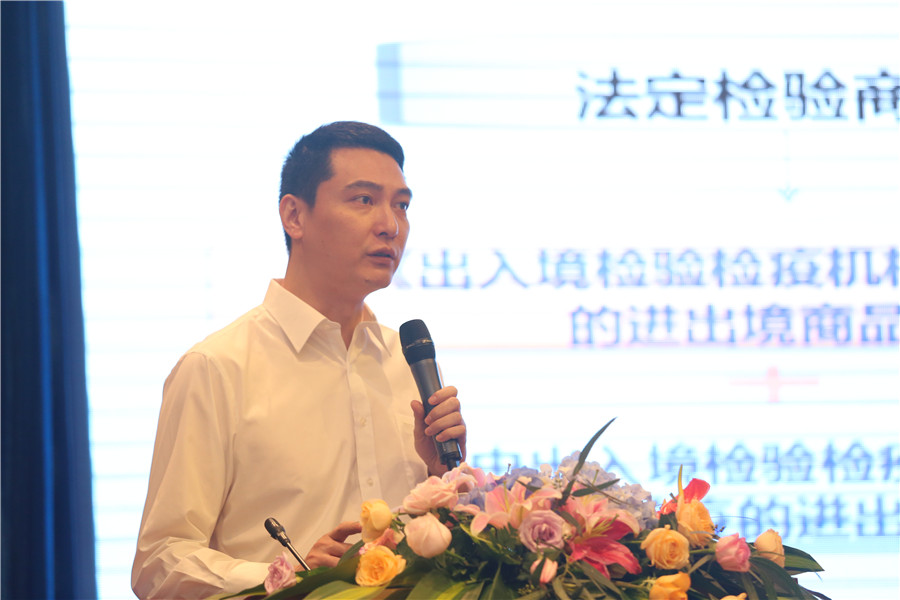
Department of Inspection Supervision, Shanghai CIQ, China, Mr. Liu Feng
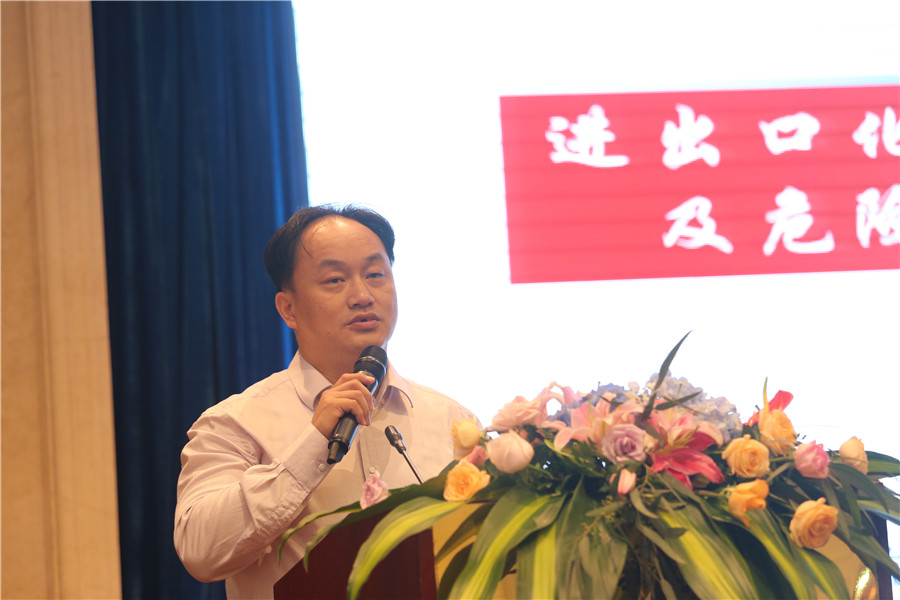
Director of Inspection Center of Industrial Products & Raw Material, Shanghai CIQ, Mr. Jiang Wei
The future regulation tendency in Japan and Korea
Mr. Taro Ishikawa, an expert from JEMAI, generally introduced the regulations in Japan, especially recent development of CSCL and ISHL. He analyzed these regulations with some typical cases to help enterprises understand the requirements of relevant regulations. Mr. Yoshinori Momose from Japan Ministry of Environment presented the procedure how to register new substances under CSCL regulation. The purpose of evaluations is to confirm whether the new substances had following properties: biodegradation, bioaccumulation, toxicity for human and environment. In according to characteristics of biodegradation and bioaccumulation, different dataset for evaluation will be selected.
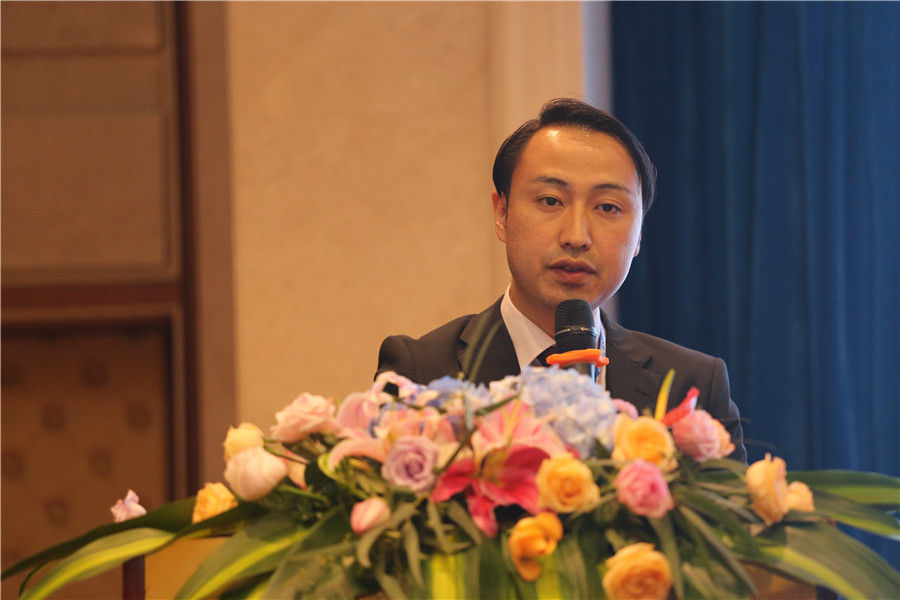
Deputy Director, Chemicals Evaluation Office, Environmental Health Department, MOE, Japan, Mr. Yoshinori MOMOSE
Ms. Mariko Murata in METI introduced how to conduct risk assessments for existing chemicals under CSCL regulation. On the basis of priority matrix by ranking of exposure and hazard, Priority Assessment Chemical Substance (PACS) can be screened out and these substances are required further information. PACS should conduct risk assessment by exposure scenario and the results of risk assessment can confirm whether the substance belongs to specified chemical substance. Therefore, the existing substances are classified.
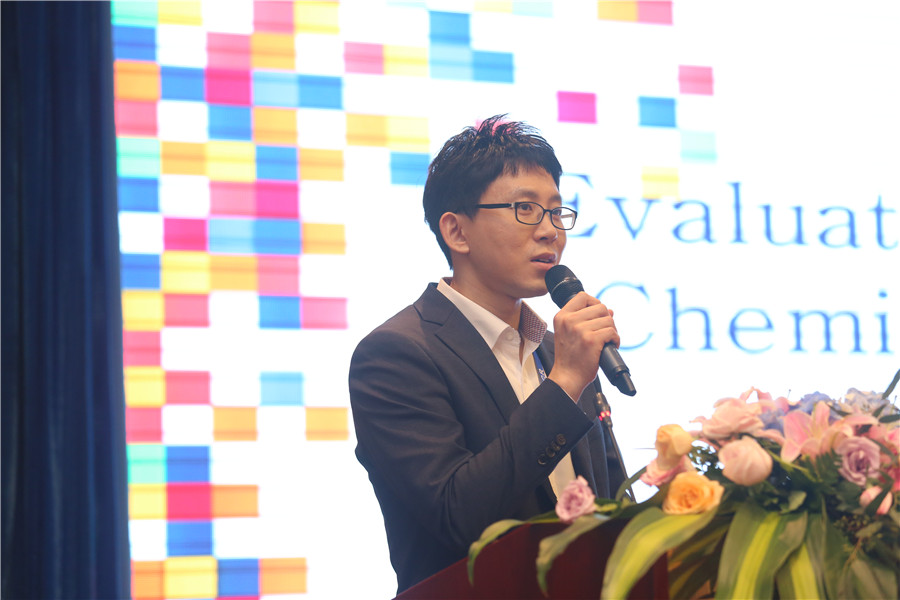
Head Manager, Chemicals Substance Division, KCMA Mr. Myoung Jin, Yun
Ms. Sanghee Park from Korea Chemtopia introduced data gap analysis, data assessment and read-across through the successful case of hydrogen bromide, in K-reach. In addition to this, Ms. Sanghee Park mentioned the hot issues in Korea and Korean BPR in preparation. Mr. Myoung Jin yun, head manager of KCMA emphasized the details of relevant articles in K-reach, especially the articles related to enterprises, such as registration requirements, data requirements for registration, registration exemption and so on. He interpreted these articles one by one and told enterprises the latest development of debatable articles.
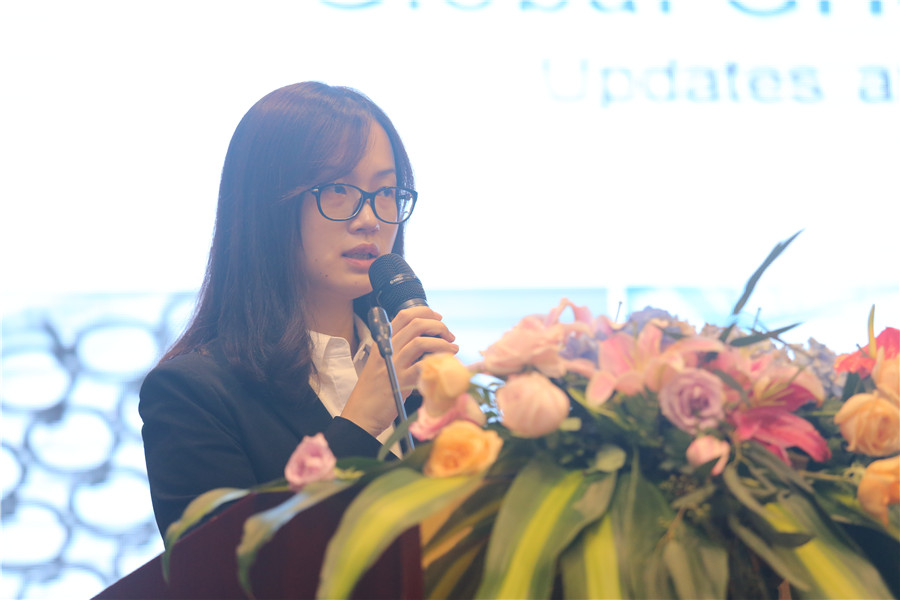
Head of GHS team Chemical Inspection& Registration Service Limited, China Ms. Cloris Pan
Global GHS implementation and hazardous chemical supervision
In the SMCR, Ms. Cloris Pan from CIRS analyzed the development of global GHS, and concluded some special requirements, for instance, 24h emergency number, harmonized classification inventory. Besides, she gave some cases to indicate common issues in SDS which were not approved. Mr. Chen Jinhe, from National Registration Center for Chemicals (NRCC), shared recent status of hazardous chemical registration. At present, more than 19 thousand enterprises have completed the registration and these enterprises will conduct post-registration by spot test. In the aspect of guideline of hazardous chemicals inventory, he clarified some key articles to help enterprises understand hazardous chemical inventory 2015 and its guideline better.
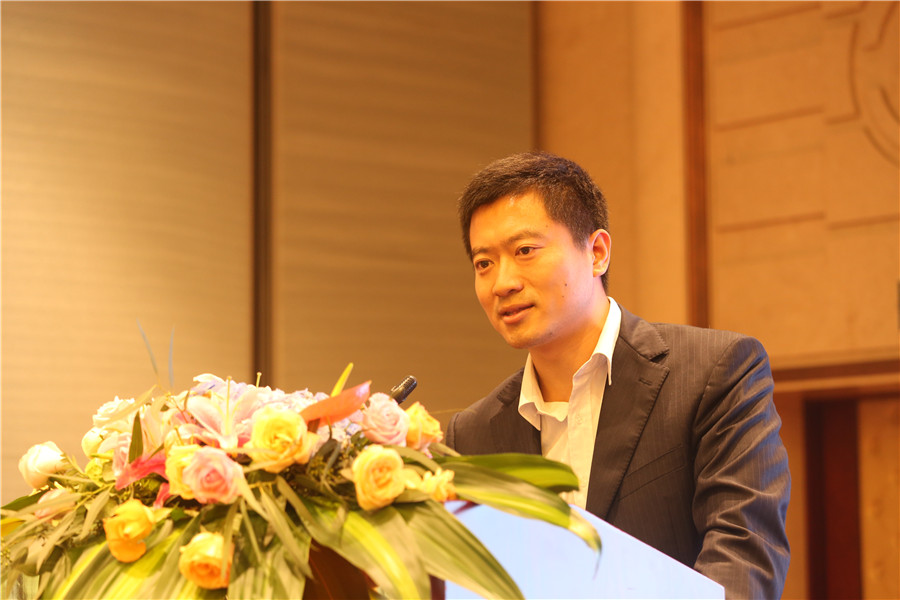
National Registration Center for Chemicals (NRCC), State Administration of Work Safety (SAWS), China Mr. Chen Jinhe
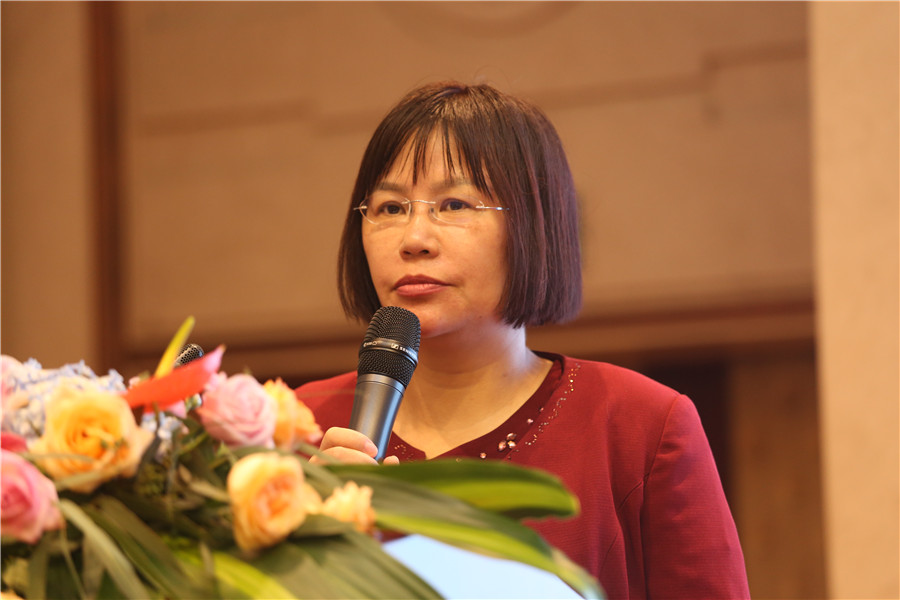
Division of Chemical Management, Solid Waste and Chemicals Management Center, MEP, China Ms. Sun Jinye
Ms. Sun Jinye, from Ministry of Environmental Protection (MEP), stated the administrative tendency of chemical in China. Combined with current serious situation, especially uncertain long-term or accumulation environmental risk, MEP plans to evaluate environmental and health risk of existing chemicals; investigate and assess the environmental hormone; limit and eliminate high risk chemicals; reduce the emission of toxic and hazardous chemicals. In order to achieve the aim of non-toxic environment, MEP will control hazardous and toxic substance by above mentioned measures.
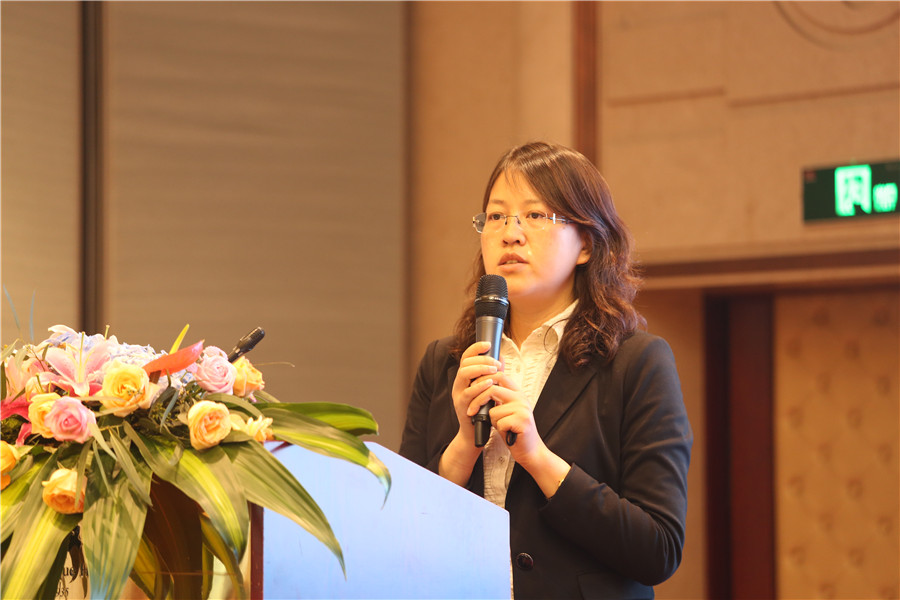
Senior Engineer, Review and Registration Division, Solid Waste and Chemicals Management Center, China MEP Ms.Lu Lin
Ms. Lu Lin from registration center of MEP gave a presentation about new substance registration in China. She explained the revision of guideline, recent registration situation and latest news about revising guideline. Ms. Lu Lin mainly introduced the principle of amendment, the highlight of the new version guideline and the contents which was still revising. This information got the attention from all enterprise representatives.
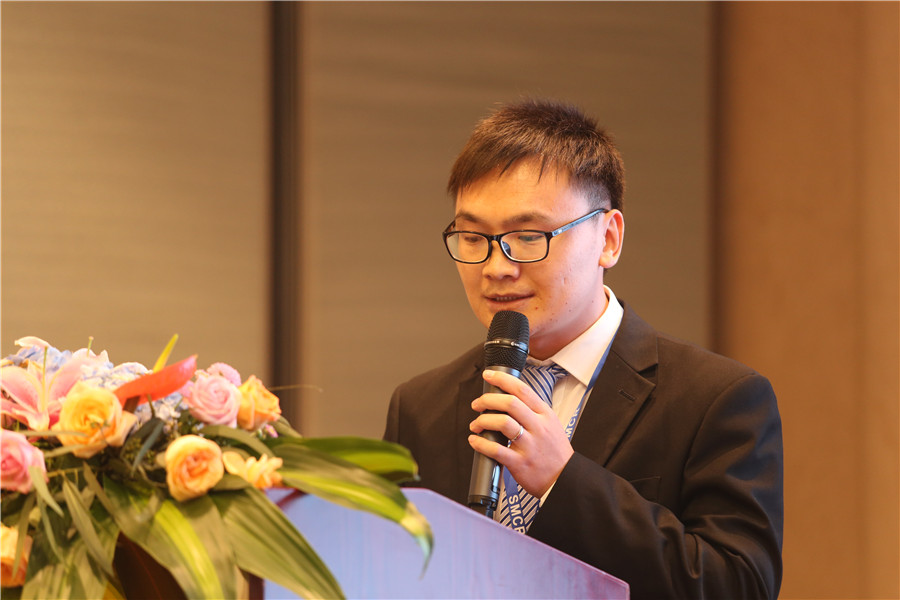
Head of China New Chemical Substance Notification, CIRS Mr. Bruce Wang
Mr. Bruce Wang from CIRS introduced some special cases in detail, which can be references for enterprises such as application of in vitro testing method and read-across method, with his enough experience on new chemical substance registration. Moreover, he mentioned the status of inventory supplement. Mr. Kimmy CH Wu, general manager of Jointek Technology Corp, gave a presentation of latest situation of Taiwan TCSCA and OSHA, recent progress of phase 1 registration, development of Taiwan GHS as well as requirements of new substance registration and risk assessment. It is a chance for the enterprises exporting to Taiwan to get the firsthand information of Taiwan regulations. At last, Ms, Yasmin Chen, Sr. regulatory consultant & Sr. SDS author in 3E, stated the GHS development in 6 Southeast Asia countries clearly. The essential of topic was around the GHS version of these countries, detail regulatory requirements and implementation of GHS. Besides, she introduced other chemical regulations in these Southeast Asia countries, especially Thailand which was positively advancing hazardous chemical registration. The enterprises which have relevant businesses in Thailand should notify their products in time so that products can be listed in relevant inventory and the enterprises can keep the initiative.
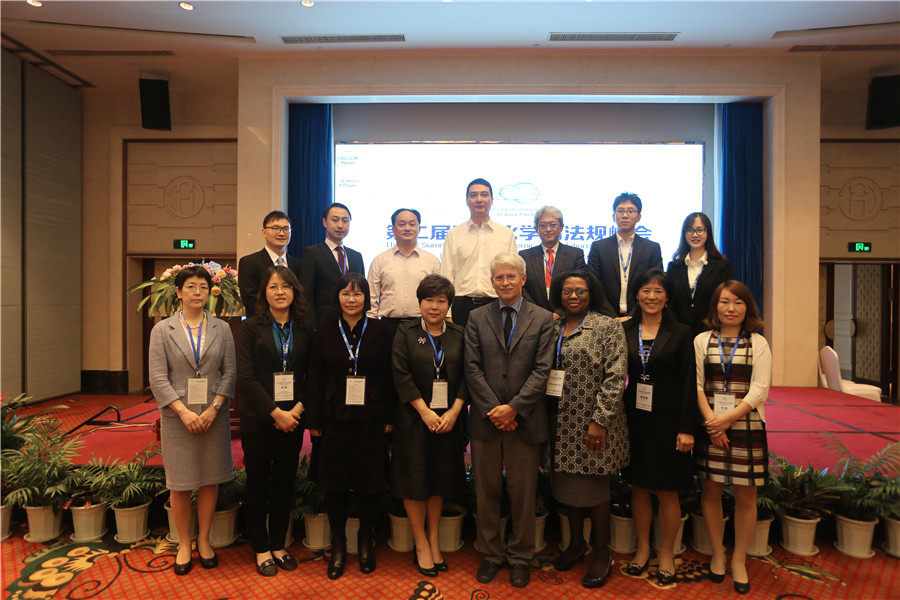
Group photo of speakers
All the speakers and participants spoke highly of the SMCR 2016. In the future, by adhering to the objective of connecting chemical enterprises and competent authorities and by combining the needs from enterprises and the social hot spots, The Summit Meeting on Chemical Regulations in Asia Pacific determines to devote itself to the sound development of chemicals globally.
Wonderful Moment
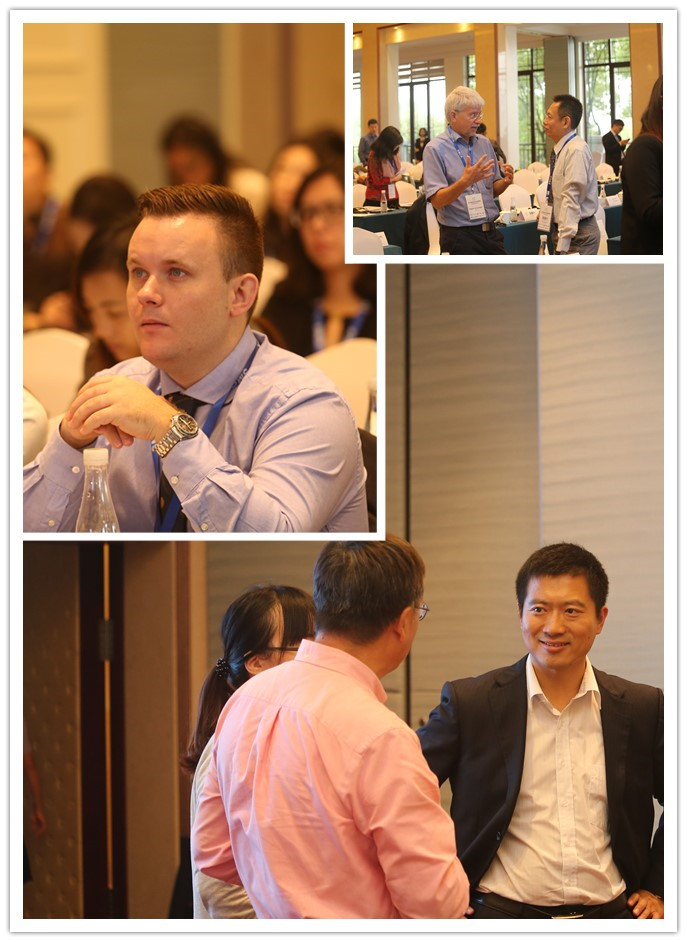
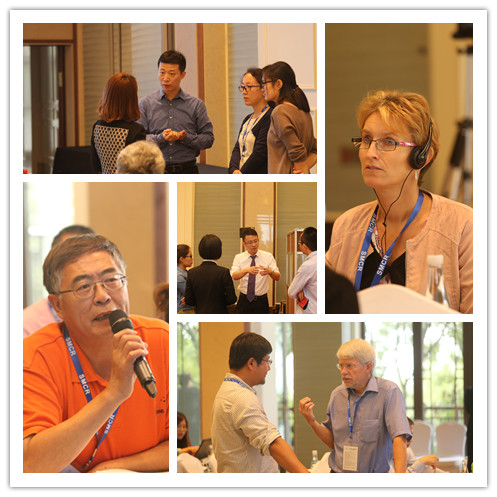
Welcoming event in lakeside tea-house
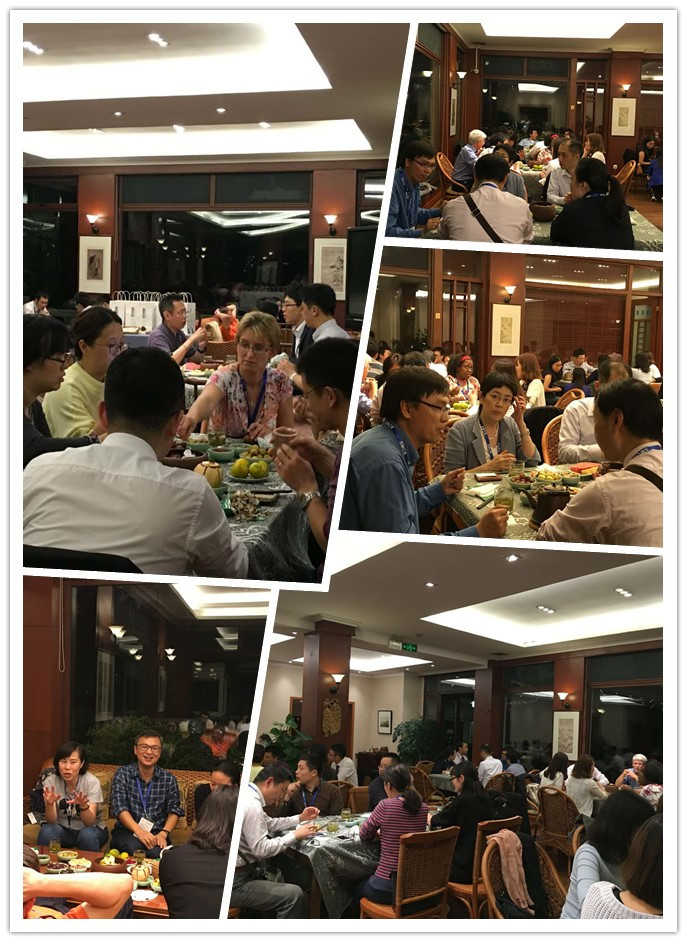
For more pictures, pls click here.
The 2nd Summit Meeting on Chemical Regulations in Asia Pacific (SMCR2016)—Japan Summit is to be Held in Tokyo. For more details, pls click here.

